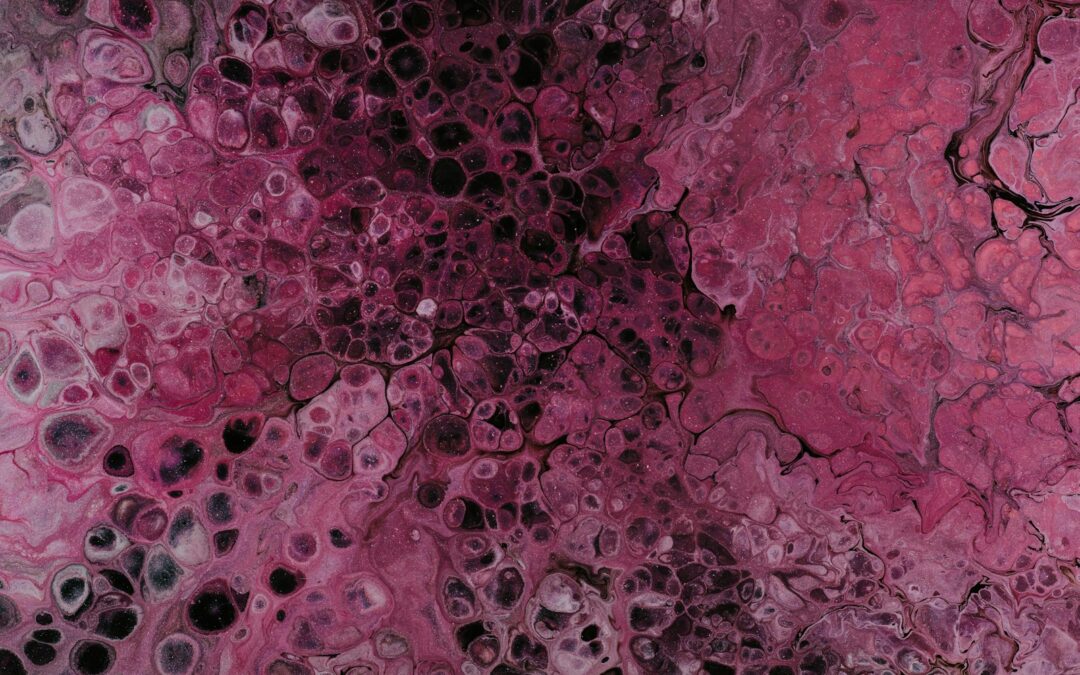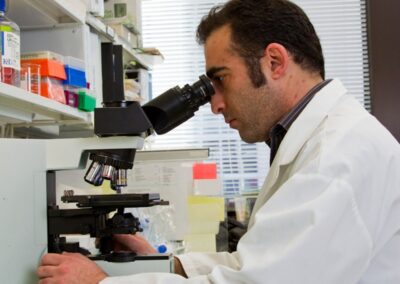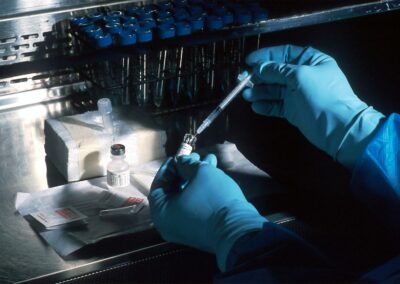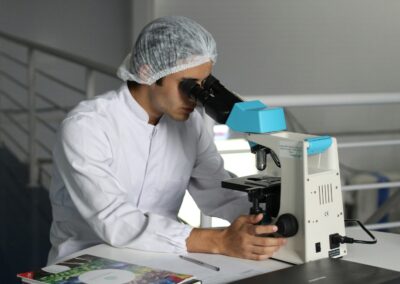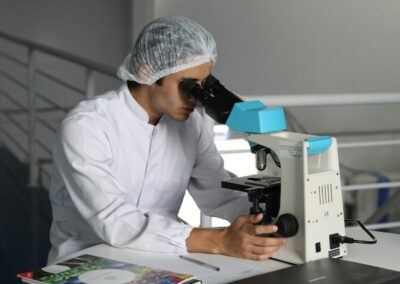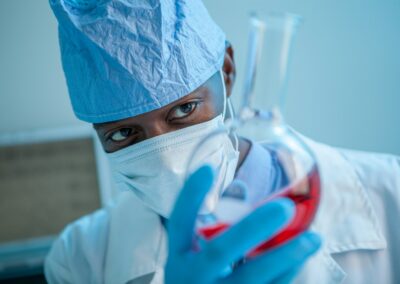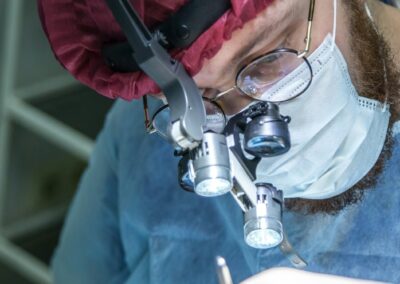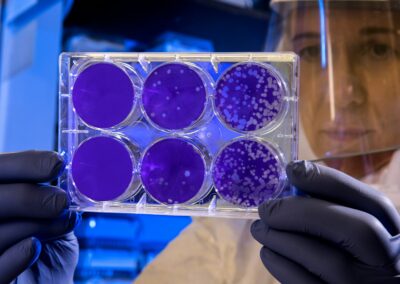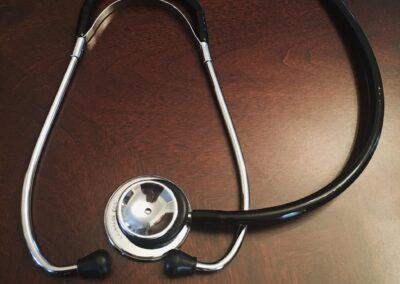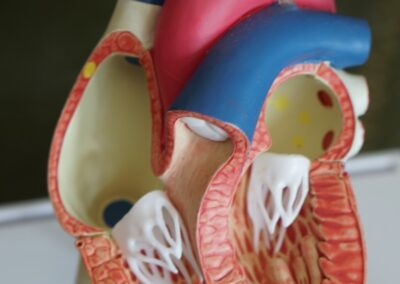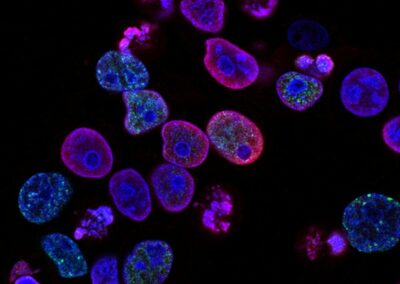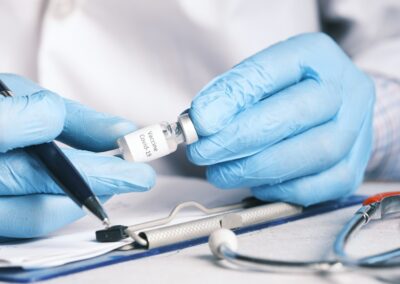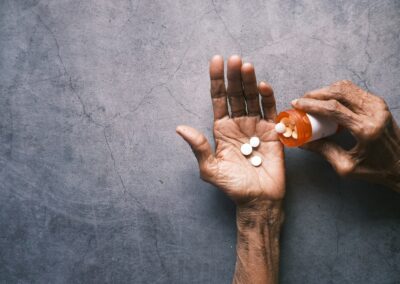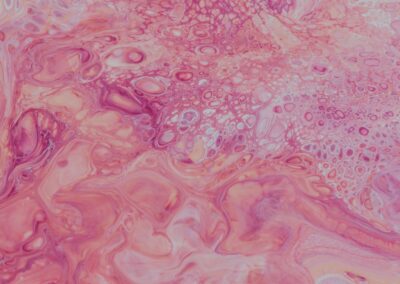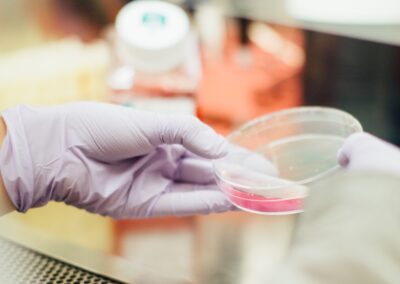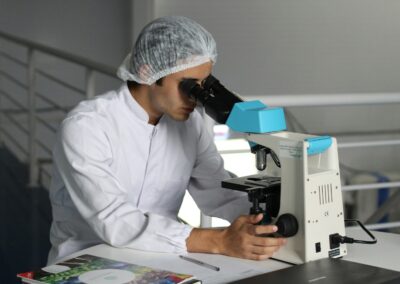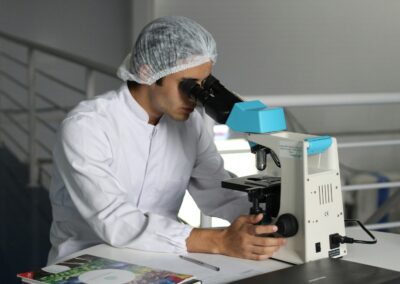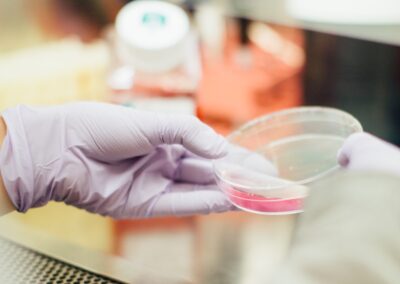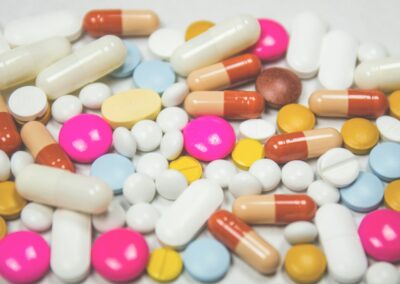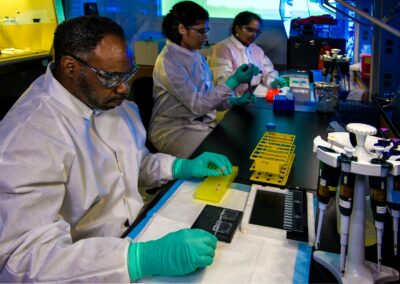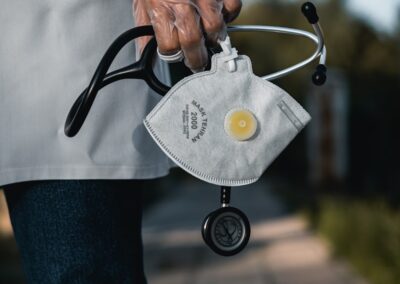Overcoming the Barriers of Bioprinted Tissue Integration
Integrating Bioprinted Tissues with the host’s native tissues and organs represents a significant advancement in regenerative medicine. However, this process is fraught with challenges that need to be addressed to ensure the success and functionality of bioprinted tissues. In Saudi Arabia and the UAE, pioneering research and technological investments are paving the way for breakthroughs in this field, demonstrating a commitment to innovation and medical excellence.
Vascularization: Ensuring Blood Supply
One of the primary challenges in integrating bioprinted tissues is establishing a reliable blood supply. Vascularization, or the formation of blood vessels, is critical for the survival and functionality of implanted tissues. Without a proper blood supply, tissues cannot receive the necessary nutrients and oxygen, leading to failure. In Riyadh, researchers are developing advanced bioprinting techniques that incorporate microvascular networks within the printed tissues. These networks aim to connect seamlessly with the host’s blood vessels, promoting effective integration and long-term viability of the tissues.
Immune Response and Biocompatibility
Another significant barrier is the body’s immune response to bioprinted tissues. The immune system may recognize these tissues as foreign and initiate an inflammatory response, leading to rejection. To mitigate this risk, scientists in Dubai are exploring the use of biocompatible materials and immunomodulatory strategies. By using patient-derived cells and biomaterials that mimic the native tissue environment, the risk of immune rejection can be reduced. This approach not only enhances biocompatibility but also improves the overall integration of the bioprinted tissues with the host.
Mechanical Properties and Functionality
Ensuring that bioprinted tissues possess the appropriate mechanical properties to match the host tissues is crucial for their functional integration. This includes achieving the correct stiffness, elasticity, and strength to withstand physiological stresses. In the UAE, cutting-edge research is focused on optimizing the mechanical properties of bioprinted constructs. By using advanced biomaterials and precision bioprinting techniques, researchers can create tissues that closely mimic the mechanical characteristics of the native tissues, facilitating better integration and functionality.
Advanced Imaging and AI Integration
Advanced imaging technologies and Artificial Intelligence (AI) are playing a pivotal role in enhancing the integration of bioprinted tissues. In Saudi Arabia, AI-driven imaging techniques are used to create detailed maps of the patient’s native tissues, allowing for the precise design and customization of bioprinted constructs. This ensures that the bioprinted tissues are an exact match for the host tissues, improving the likelihood of successful integration. Additionally, AI algorithms can predict potential integration issues and suggest modifications to enhance compatibility.
Blockchain for Data Security and Transparency
Blockchain technology is being leveraged to ensure data security and transparency in the bioprinting process. In Dubai, blockchain is used to manage patient data, track the bioprinting process, and ensure that all steps comply with regulatory standards. This technology provides a secure and immutable record of the bioprinting workflow, fostering trust and accountability. By ensuring that all data is accurately recorded and accessible, blockchain enhances the overall integrity and reliability of bioprinted tissue integration.
Collaborative Research and Development
Collaborative research and development efforts are crucial for overcoming the challenges of integrating bioprinted tissues. In Riyadh and the UAE, partnerships between academic institutions, healthcare providers, and technology companies are driving innovation in this field. These collaborations enable the sharing of knowledge, resources, and expertise, accelerating the development of effective integration strategies. By working together, stakeholders can address the complexities of bioprinted tissue integration more efficiently and effectively.
Leadership and Management in Bioprinting Integration
Effective leadership and management skills are essential for guiding the integration of bioprinted tissues into clinical practice. In Saudi Arabia and the UAE, leadership development programs are being tailored to equip healthcare leaders with the knowledge and skills needed to oversee bioprinting initiatives. These programs focus on strategic planning, change management, and ethical considerations, ensuring that leaders are prepared to navigate the challenges associated with integrating bioprinted tissues. By fostering strong leadership, these regions are positioning themselves at the forefront of regenerative medicine.
Future Prospects and Global Impact
The successful integration of bioprinted tissues with host tissues and organs holds immense potential for transforming healthcare. As Saudi Arabia and the UAE continue to invest in advanced bioprinting technologies, they are setting the stage for global leadership in regenerative medicine. By addressing the key challenges and leveraging cutting-edge solutions, these regions are driving innovations that could revolutionize the treatment of various medical conditions. The advancements made in bioprinting integration not only promise improved patient outcomes but also position Saudi Arabia and the UAE as pioneers in the field of bioprinting and tissue engineering.
#Bioprinting #TissueEngineering #RegenerativeMedicine #AI #Blockchain #SaudiArabia #UAE #Riyadh #Dubai #ExecutiveCoaching #ChangeManagement #BusinessSuccess #LeadershipSkills #ProjectManagement

